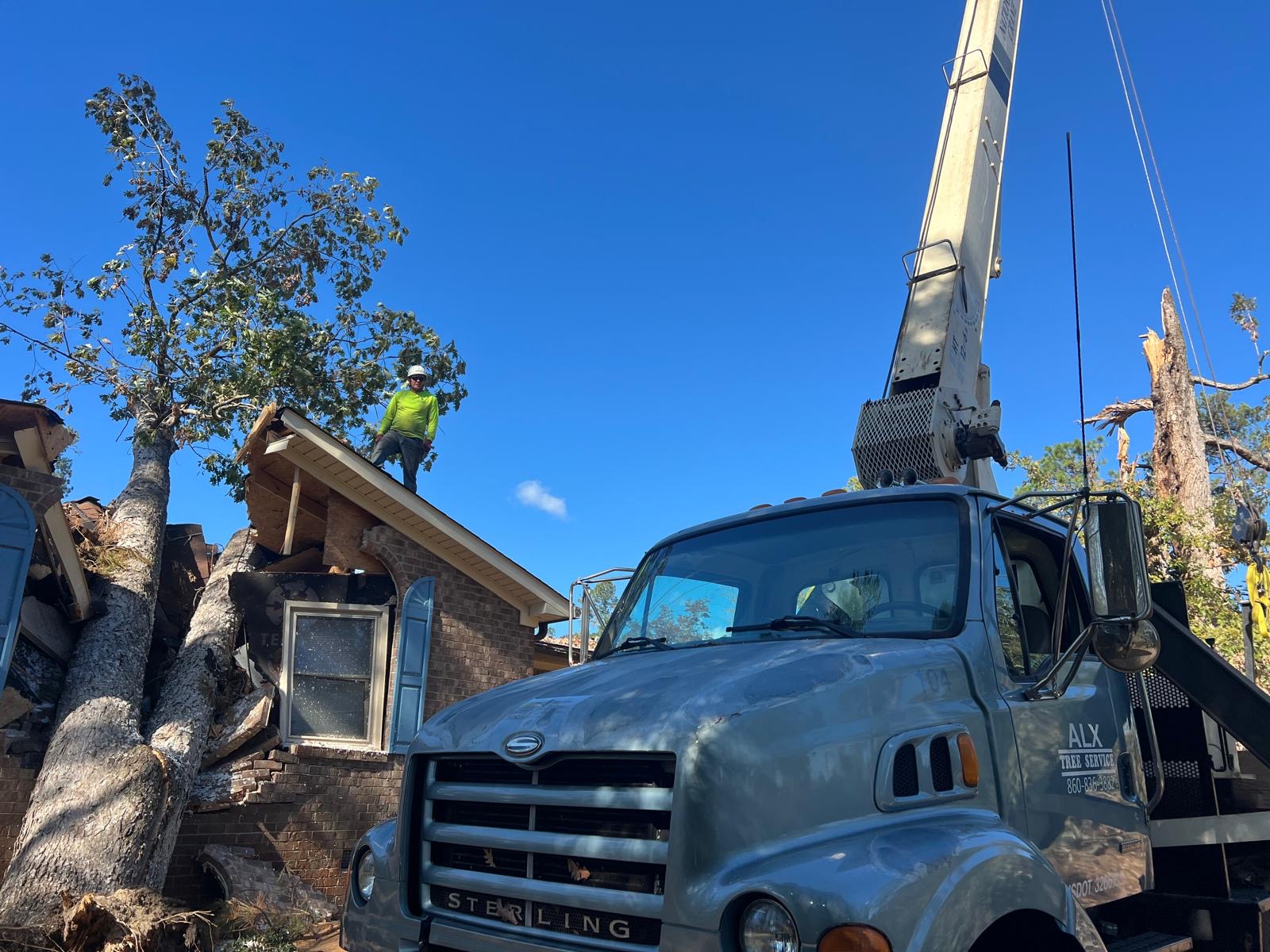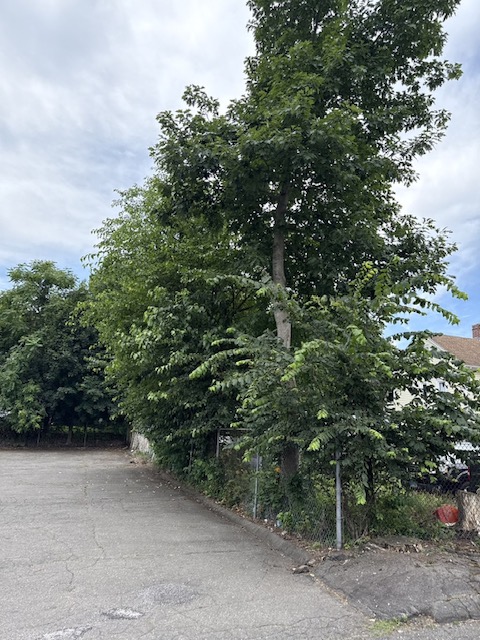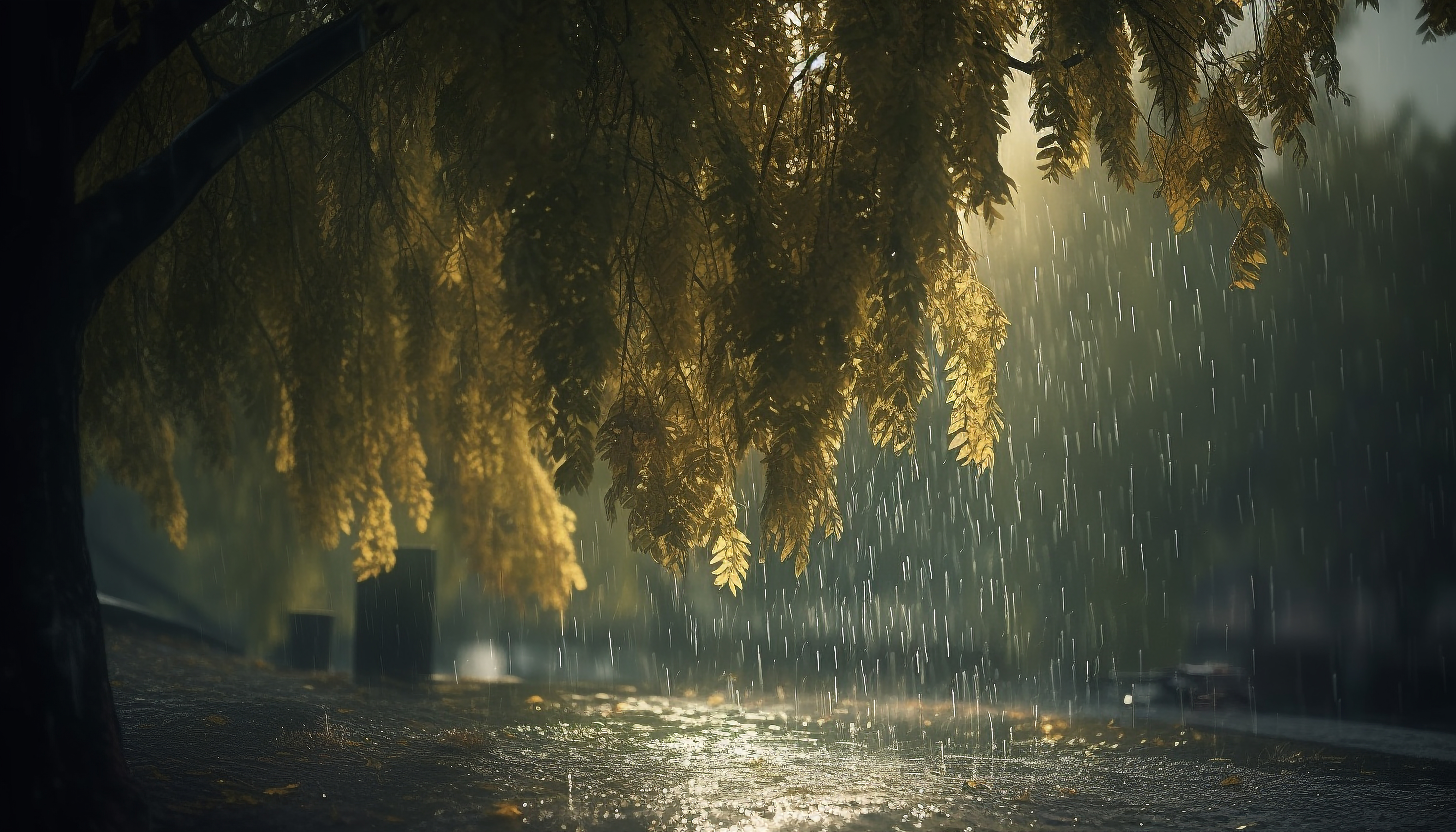Understanding Your Insurance Coverage for Tree Damage: A Comprehensive Guide
By Tree Emergency Expert
Tree Emergency Expert

Tree damage to your property can be a significant concern, especially after severe weather events like storms or hurricanes. Knowing your insurance coverage for tree damage is crucial for safeguarding your property and achieving a swift recovery. This guide will outline the main aspects of tree damage insurance, simplifying the claims process for you.
Tree damage to your property can be a significant concern, especially after severe weather events like storms or hurricanes. Knowing your insurance coverage for tree damage is crucial for safeguarding your property and achieving a swift recovery. This guide will outline the main aspects of tree damage insurance, simplifying the claims process for you.
What Does Tree Damage Insurance Typically Cover?
Homeowners' insurance policies often cover tree damage, but the specifics can vary significantly between policies. Generally, insurance covers the removal of a fallen tree if it has damaged a covered structure, such as your home, garage, or fence. Additionally, most policies will cover repairing the structure damaged by the tree.
However, the cause of the tree falling can impact coverage. For instance, the damage is usually covered if the tree fell due to a storm, wind, or other natural events. But your claim might be denied if the tree fell due to neglect or disease. It's crucial to read your policy carefully to understand what is and isn't covered.
Steps to Take After Tree Damage Occurs
If a tree falls on your property, follow these steps to ensure your insurance claim goes smoothly:
Ensure Safety: First, ensure everyone is safe and avoid the damaged area until professionals assess it.
Document the Damage: Take detailed photos and videos of the fallen tree, the resulting damage, and any structures impacted. This documentation is essential for your insurance claim.
Contact Your Insurance Company: Notify your insurance company as soon as possible. They will guide you through the claims process and inform you of the next steps.
Hire Professional Services: Engage a professional emergency tree service to remove the fallen tree and mitigate further damage. These experts can provide the necessary documentation and estimates for the work required.
The Claims Process
The claims process can differ based on your insurance provider and the severity of the damage. Typically, an adjuster will come to your property to evaluate the damage and estimate the claim's value. Providing them with the documentation and estimates from the tree service professionals will help expedite the process.
Your insurance company will guide you through each step, ensuring you understand your responsibilities and the expected timeline. It's important to stay in touch with your insurance provider and promptly provide any information they request.
Preventing Future Tree Damage
Regular tree maintenance is a great way to prevent tree damage and the need for emergency tree removal. Here are some tips to keep your trees healthy and reduce the risk of damage:
Regular Inspections: Having a professional arborist inspect your trees periodically can help identify potential hazards before they become significant problems. These specialists can offer a truthful evaluation of your trees' health, suggest essential treatments or removals, and provide helpful tips on how to care for your trees to avoid future damage.
Pruning and Trimming: Consistent pruning and trimming can preserve the structural strength of your trees and stop branches from getting too heavy or fragile.
Removing Dead or Diseased Trees: If a tree is dead or diseased, it poses a higher risk of falling. Removing these trees promptly can prevent potential damage to your property.
Conclusion
Understanding your insurance coverage for tree damage is vital for protecting your home and ensuring a smooth recovery after a storm. By familiarizing yourself with your policy, taking prompt action after damage occurs, and maintaining your trees regularly, you can mitigate the risks and handle tree damage claims effectively.
When in doubt, consult your insurance provider for specific details about your coverage. Staying proactive and informed will help you handle the complexities of tree damage insurance and protect your property in the future.
Share this article:
Related Articles

How Advanced Equipment Speeds Up Emergency Tree Removal
When a tree crashes through your roof or takes out a power line, you don’t have time for delays. You need answers. Fast. And more importantly, you need a crew with the right tools—not just a chainsaw and a pickup. At 1 Tree Emergency, we specialize in high-stakes, high-speed tree removals. What sets us apart? We come equipped. Literally. With advanced equipment like spider lifts, cranes, grapple saws, and remote-controlled rigs, we can tackle dangerous removals faster, cleaner, and without causing more damage to your property.

Is a Leaning Tree an Emergency? Signs It’s About to Fall
A leaning tree can be nothing. Or it can be an imminent, 10,000-pound disaster. And knowing the difference? That can save you thousands of dollars—or your roof.

How Straight-Line Winds in Media, PA Create Hidden Tree Hazards
Straight-line winds aren’t tornadoes. But they pack the same destructive punch. These winds, often part of fast-moving thunderstorms called derechos, blast in one direction—hard and fast. Speeds regularly hit 60 to 100 mph.
Need Emergency Tree Service?
Our team of certified arborists is available 24/7 to handle any tree emergency.